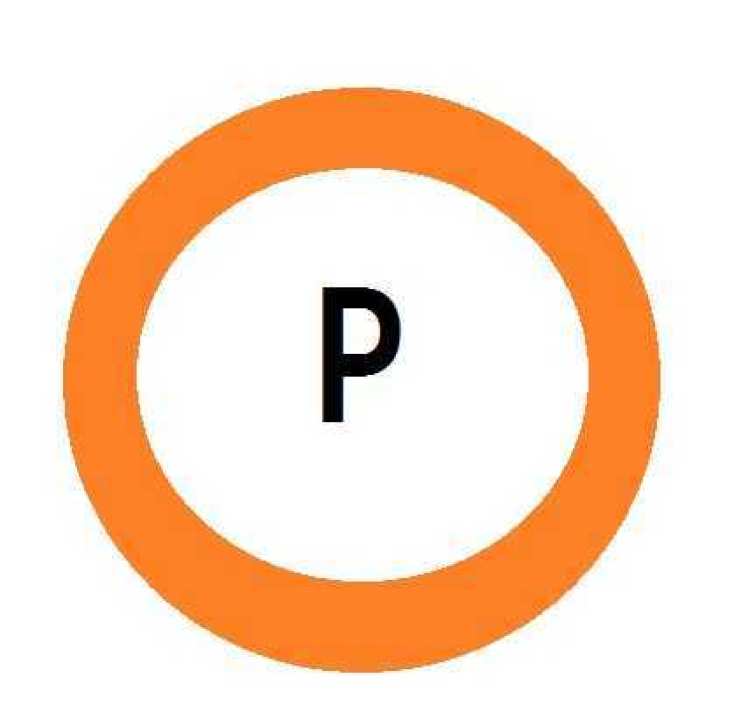Proton is hollow?
The size of the proton is huge from an electron's point of view. However, the charge is considered to be the same as the electron. Pion strikes when the proton strikes the graphite. Will pions jump out of the carbon nuclei of graphite? Since pions will fly out even in cosmic ray air showers, pions may possibly be created by protons colliding with nuclei, and protons and protons colliding.
In mainstream science, the proton consists of three quarks. But there is no quark, as neutrons are coupled
particles of protons and electrons. As the muon approaches the proton, the proton changes its size. It shrinks. Why shrink?
The muon (-) is considered to be in a state where electrons are excited. Since the mass is 200 times that of electrons, the diameter is 5.8 times. It becomes larger when electrons are excited. Why do you grow up? How do electrons store the energy of a given electric field? If the size is an electric field, what is the mechanism?

Proton is the same. The protons receive the energy of the electric field from neutrinos. The accumulated electric field is emitted as gamma rays. The proton oscillation has the role of adjusting the size of proton and the function of retaining orbital electrons. If the proton changes its size and absorbs or discharges the electric field, the contents are hollow.
I wrote earlier that the sun is hollow. Like the sun, protons are hollow. Excited electrons, pions and muons are probably also hollow inside. Then, it comes to the story of why the shell that forms the cavity is made up.
In a recent paper, data analysis of proton collision experiments raises the question of whether the inside of the proton is hollow.
- Log in to post comments
Comments
Particles are problematic. …
Particles are problematic.
They exist when we detect them. Until then, they are aether in dollops, packets, forms. Stable forms are protons, neutrons electrons.... But these can also be much larger, but stably shedding the common particles. But particles only exist when we detect them.
Hollow forms are the norm…
Hollow forms are the norm. They are all hollow. They all have a shell, a sheath or pinch.
As above, so below.
Planets are hollow.
Stars are hollow but have planets etc inside
The electric field is aether…
The electric field is aether.
Aether.
The shells are aether.
There is no negative. The shape of the aether, possibly the spin, is in one of two forms only. Each fits more closely with the other.
Miles Mathis may be onto something when he says spin is crucial. Clockwise or counterclockwise fits with planetary spin. We can safely extrapolate from the large to the small and vice versa.
Aether that is released is aka "charge". Aether that is not released creates gravity as it exerts a tiny but relentless presssure.
Release of Aether gives rise…
Release of Aether gives rise to electromagnetic force. EMF. 3 persons in one "God".
If aether in released form…
If aether in released form falls below a certain amount, it is reabsorbed into the passive aether. Entropy
Aether is the liquid. Where…
Aether is the liquid. Where enough energy is concentrated, it 'boils'. Stable bubbles, reinforced at their resonant positions are Protons. Around them, bubbles form and collapse frequently, creating standing wave patterns, Electrons.